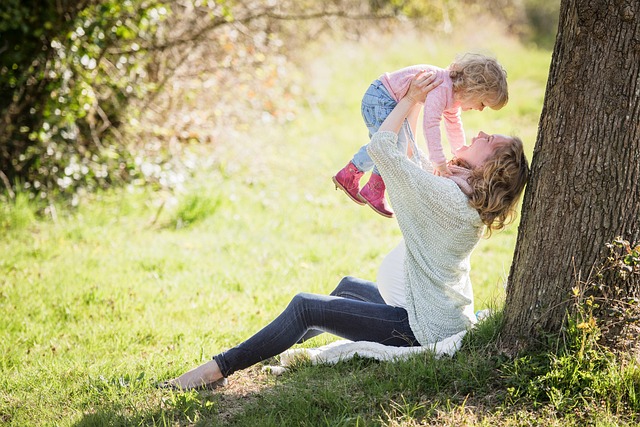I still vividly remember a moment from my childhood, standing in a local park during a Fourth of July celebration, anticipating the fireworks display. My father, as was common, was intoxicated, but on that day, his anxiety about the fireworks, which triggered memories of his military service, led him to drink excessively. A friend of his, also quite inebriated, brought along some fireworks for us to set off. Ironically, these were the very things that usually made my dad anxious; however, his alcohol-fueled bravado allowed him to laugh it off.
We lit the fireworks, which resembled long incense sticks, and placed them in soda bottles, running a safe distance away before they ignited. In retrospect, my repeated dashes to right the fallen bottles could have ended in disaster, but my father and his friend merely chuckled, unfazed. Such reckless behavior was a frequent occurrence during my upbringing, and I often wonder how I escaped serious injury. While there were moments of innocent fun, like lighting fireworks, there were also times of terrifying violence that left me feeling perpetually unsafe.
In response to my turbulent childhood, I took a drastically opposing approach when I became a parent. I was determined to create the safest environment possible for my child. I immersed myself in parenting literature, attended classes, and even created charts and lists to guide our family. At one point, I became convinced that purchasing a machine to analyze metal toxicity in our home was essential, a notion my partner found utterly perplexing. Thankfully, I reconsidered that decision.
Upon the arrival of our child, I meticulously prepared lists for the pediatrician, detailing every nuance of our baby’s health. I even opted out of getting a Christmas tree that year because I read somewhere that tiny bugs in the tree could cause allergies, a testament to how much time I had spent online worrying about potential dangers.
The overwhelming amount of conflicting advice for new parents compounded my anxiety. My desire to distance myself from my father’s reckless behavior intensified my need for control. If something was flagged as hazardous, I felt compelled to eliminate it.
A pivotal moment for me occurred when my partner replayed a video from a neighborhood gathering, where I heard myself incessantly urging our child to stay close and avoid wandering off. In my mind, we were dangerously close to the street, but seeing the footage revealed that we were actually quite far from any traffic. This realization highlighted the extent of my overprotectiveness and prompted me to reassess my parenting style. I recognized that my hovering was not only unnecessary but also detrimental to my child’s independence.
While I continue to grapple with my tendencies to obsess over various aspects of our child’s wellbeing, such as his diet and the safety of our home, I am now more aware of my past’s influence on my parenting. I am committed to breaking free from those childhood memories and allowing my child the freedom he deserves.
This journey is ongoing, but with resources like Hopkins Medicine’s fertility center and articles about at-home insemination kits available at Make a Mom, I am optimistic about forging a healthier path forward.
In summary, it is crucial to recognize how our past experiences can shape our parenting styles. Acknowledging and addressing these influences allows us to foster a nurturing environment for our children while ensuring they have room to grow independently.
Keyphrase: parenting journey
Tags: [“home insemination kit”, “home insemination syringe”, “self insemination”]
